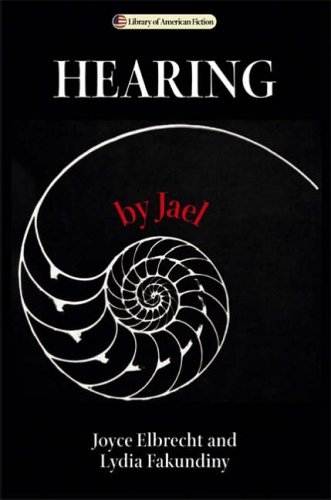Hearing By Jael
In 1860, fifteen-year-old Frances Boullet received a forty-volume diary set. Over the years, she recorded the history of her family and her observations of society in all but one, which was reserved to leave an account of her years “recollected in decoupage” and assembled in her 90th year. In 1977, Elizabeth Harding Dumont revisits her childhood memories in Tarragona, Florida, and impulsively buys Frances Boullet’s old house, now in decrepit condition. Harding finds the diary in a hidden vodun sanctuary in the house and secretly reads it throughout the summer-long restoration. Upon completion, Harding sells the house, taking the diary with her. By 1993, the Boullet house houses the Haitian Gallery of Art, with the vodun sanctuary as part of the exhibit. Harding elects to return the diary via Jael Juba, a friend she has mentored for many years and the narrator of this novel.
The entries from Frances Boullet’s diary provide the historical substance by exploring Florida’s history of conflicts between the Spanish, French, English, Native Americans, and the slaves as well as the political situation in Haiti. Boullet’s family lineage of traders and interpreters gave her a perspective unique for the time period. The diary, assembled in a more logical than chronological order, is interspersed with entries from Frances’s final year. Also intermingled is Jael’s introspection on Harding’s path and on her own need for direction, which, unfortunately, is not as engaging in comparison to Boullet’s diary.
This experimental, literary novel provides an entertaining story, but be prepared to work for it. The non-linear, multi-formatted conveyance of the women’s stories requires a sharp cognitive ability to follow all the characters and relationships that take place during three distinct time periods.










